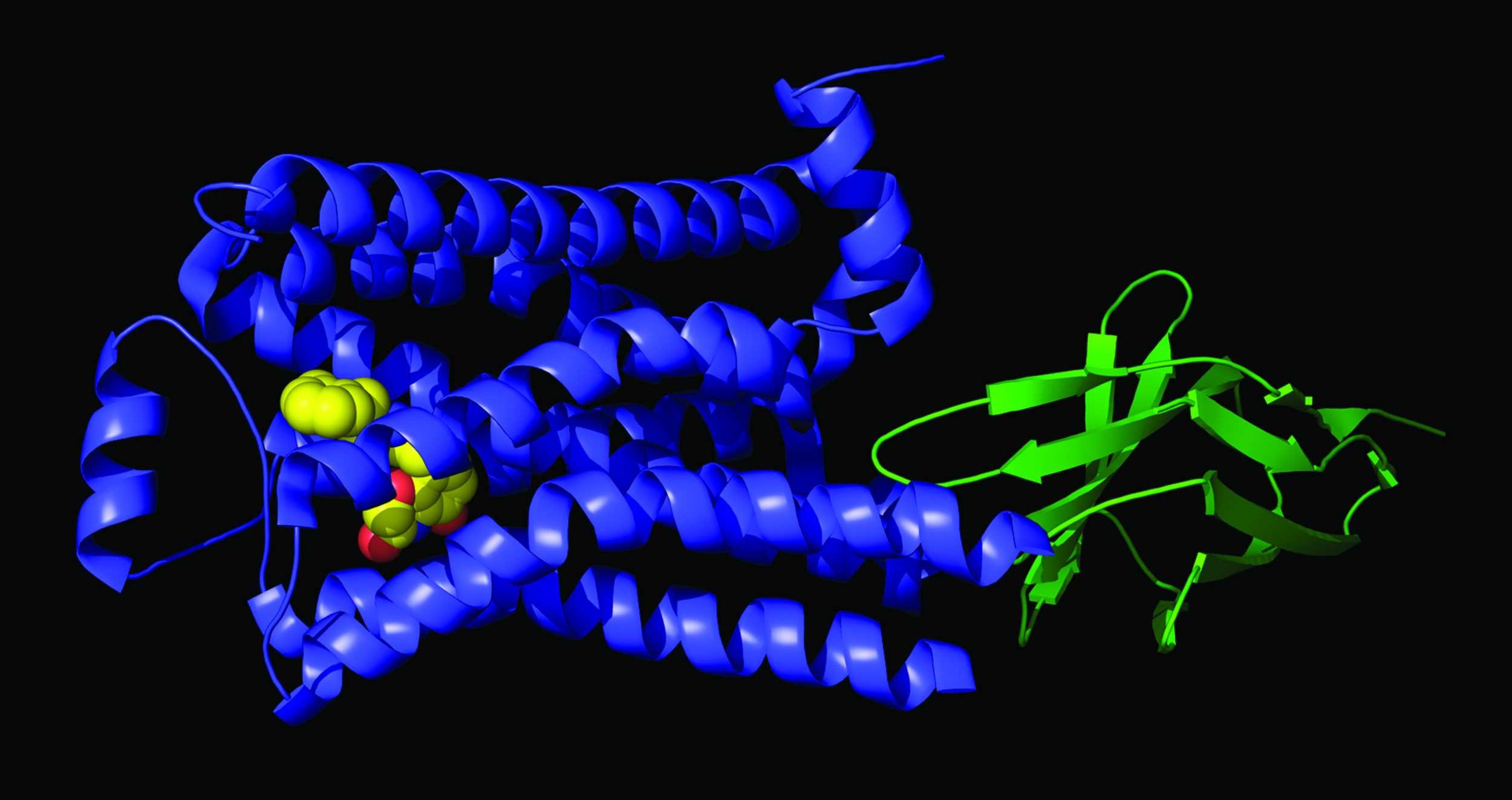Biological crystallography: Only the adventurous need apply
 Today we stand on the cusp of new, exciting opportunities in the field of crystallography [Baker, E. N. (2014) IUCrJ, 1, 82-83]. The advent of the X-ray free electron laser (XFEL) has opened up spectacular new possibilities, for example for using the tiniest of crystals, and concepts like serial femtosecond crystallography are becoming a reality. This is a field for the adventurous, and will make it possible to address biological systems that have so far been outside the range of conventional crystallography. On the other hand, conventional crystallography, with its power to define the chemistry of biological systems, will undoubtedly remain the bedrock of biological crystallography and its applications to medicine.
Today we stand on the cusp of new, exciting opportunities in the field of crystallography [Baker, E. N. (2014) IUCrJ, 1, 82-83]. The advent of the X-ray free electron laser (XFEL) has opened up spectacular new possibilities, for example for using the tiniest of crystals, and concepts like serial femtosecond crystallography are becoming a reality. This is a field for the adventurous, and will make it possible to address biological systems that have so far been outside the range of conventional crystallography. On the other hand, conventional crystallography, with its power to define the chemistry of biological systems, will undoubtedly remain the bedrock of biological crystallography and its applications to medicine.
This year, the International Year of Crystallography, is a momentous one for the whole crystallographic community, celebrating 100 years since the birth of X-ray crystallography. It also sees the launch of a new open-access journal from the International Union of crystallography (IUCr), simply called IUCrJ.
Visionary crystallographers such as J.D.Bernal and Dorothy Hodgkin were already pushing the boundaries of the emerging field of biological crystallography in the 1930s and the discovery of the structure of DNA in 1953 and the first protein structure, myoglobin in 1958, announced the arrival of X-ray crystallography as the premier method for biological structure analysis.
There is an inevitable evolution in science in which old approaches become superseded by new ones and the old, are often discarded and forgotten. This has not happened with crystallography. The same fundamental principles are still in place and relevant, 100 years on; we have just learned to apply them in different ways. We have also broadened our view of what is crystallography, to include different kinds of scattering (electrons, neutrons, X-rays) from different kinds of samples (liquids, amorphous and semi-crystalline materials, fibres, crystals).
The launch of IUCrJ as an open-access journal covering the full breadth of crystallography is an exciting and important one. Increasingly, today's structural biologists must be multi-skilled, combining structural analyses with biological and biophysical studies, bioinformatics and computational studies. Structural analyses commonly involve combinations of techniques: high-resolution crystallography for parts of a system that can be crystallized, NMR to address dynamics, and small angle scattering or cryo-EM for the whole system. These are compelling reasons for publication in IUCrJ: high visibility of research that exploits the power of crystallography in its broadest sense, whether it involves focusing the highest possible resolution on a drug binding to a receptor, or exploiting a wider repertoire of approaches to address large, complex biological systems. We urge structural biologists to see this new IUCr journal as the natural home for innovative science across the whole spectrum of disciplines encompassed by the IUCr.
To submit an article or to find out more about IUCrJ please visit http://journals.iucr.org/m/
Edward N. BakerSchool of Biological Sciences, University of Auckland, Private Bag 92019, Auckland, New Zealand

